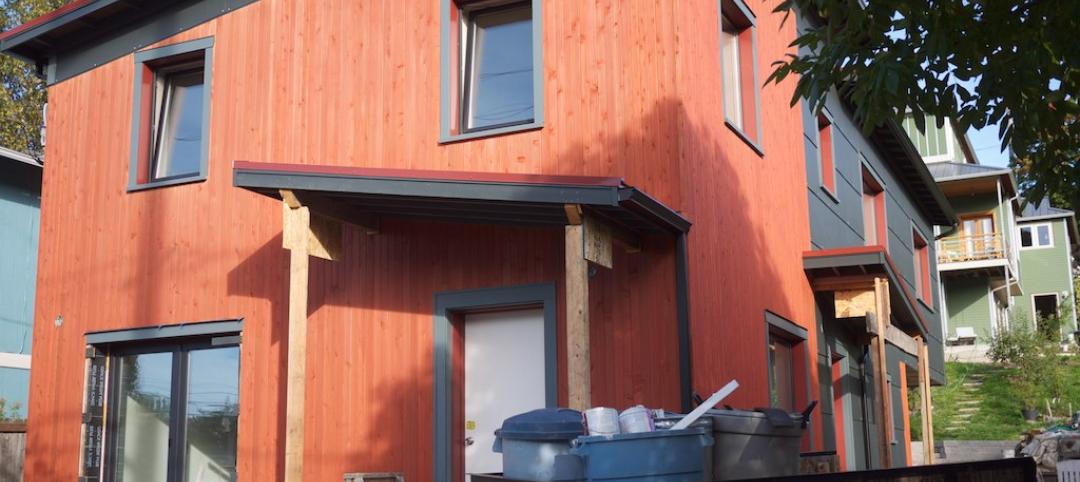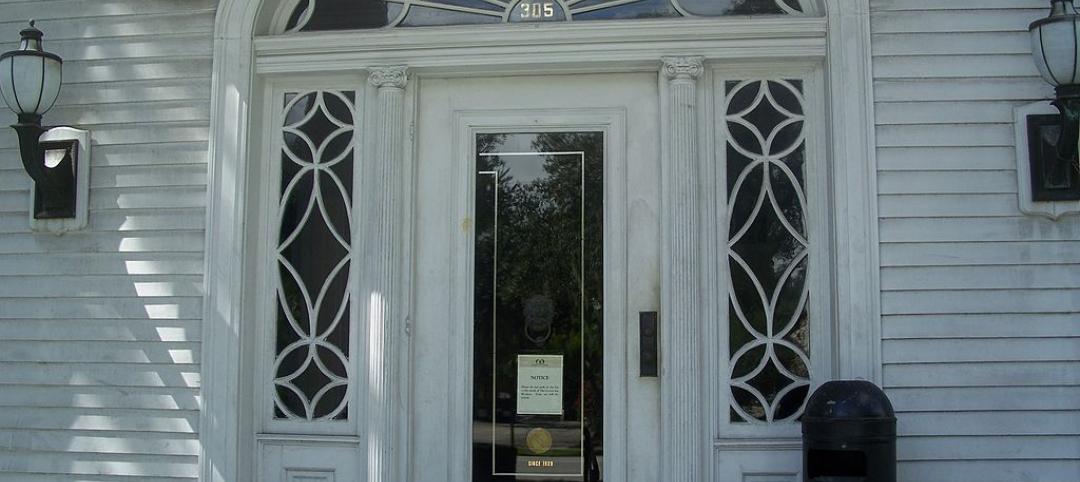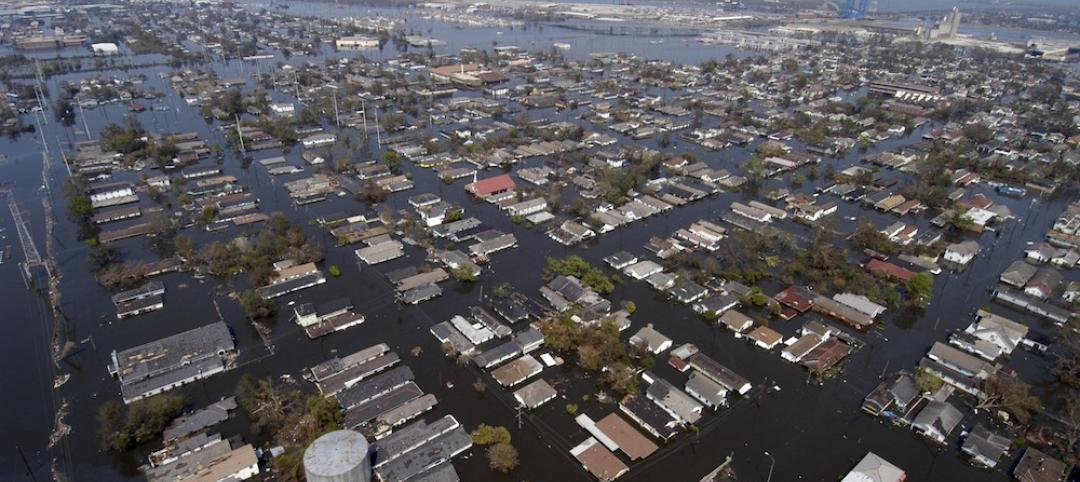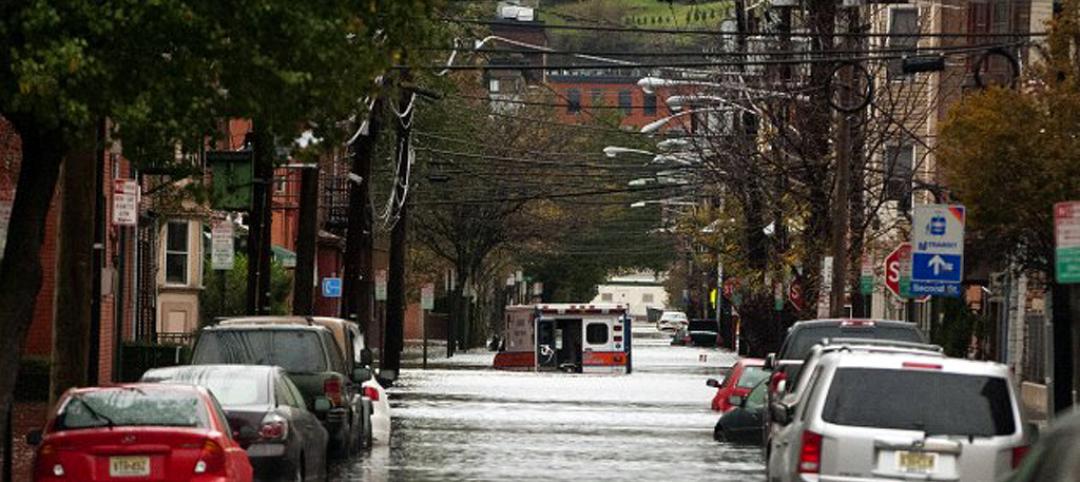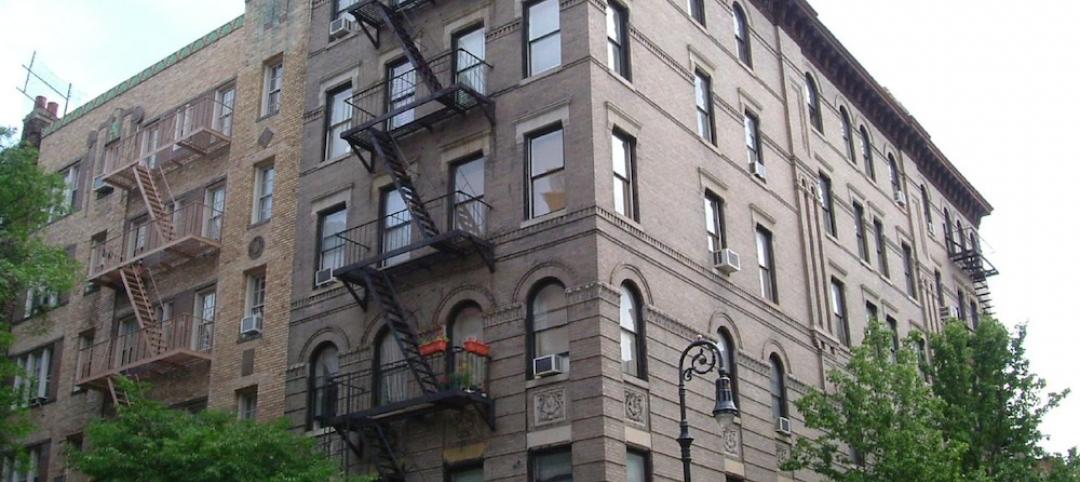U.S. cities are revamping how they handle stormwater to reduce flooding and capture rainfall and recharge aquifers.
New policies reflect a change in mindset from treating stormwater as a nuisance to be quickly diverted away to capturing it as a resource. U.S. urban areas generate an estimated 59.5 million acre-feet of stormwater runoff per year on average, equal to 53 billion gallons a day. That much water is equal to 93% of the country’s total municipal and industrial water use.
In Los Angeles, the nonprofit Trust for Public Land has been removing impervious surfaces in alleys and school grounds and replacing asphalt with natural infrastructure, including trees and pervious surfaces.
In the eastern part of the country where rainfall is more plentiful, cities including New York and Pittsburgh are installing green solutions such as rain gardens and bioswales. Cities are also instituting stormwater fees, charging landowners based on the area of impervious surfaces on a property. More cities are also using permeable pavers for sidewalks and parking lots.
Recharging aquifers via more permeable surface areas not only makes more groundwater available, but it also helps prevent land subsidence that can cause buildings to slowly sink.
Related Stories
Energy Efficiency | Aug 28, 2015
North American Passive House Network e-book explains Passivhaus, net-zero techniques
Free guide includes spotlight on individual projects
Windows and Doors | Aug 28, 2015
Newly formed group challenges Florida building code
Window, door companies oppose provisions that raise costs
Codes and Standards | Aug 28, 2015
New Orleans becoming a model for climate resilience only 10 years after Katrina
The city has moved ahead with resilience strategies that may become a model for other communities
Codes and Standards | Aug 21, 2015
Illinois governor vetoes bill that would restrict condo owners’ rights
Bill would have made it harder to sue for building flaws
Codes and Standards | Aug 21, 2015
Post-Katrina roofing codes creating more resilient buildings on Gulf Coast
Ten years after storm, notable progress on stronger roofs, IBHS says
Smart Buildings | Aug 21, 2015
Federal Alliance for Safe Homes offers plan to strengthen codes for disaster resilience
Some states losing ground on resilience, group says
Codes and Standards | Aug 21, 2015
After disease outbreak, ASHRAE legionella standard adopted in New York
City Council acts after 12 die of legionellosis
Codes and Standards | Aug 13, 2015
Research indicates major earthquake looming for Pacific Northwest
Most structures built before seismic codes instituted; extreme damage predicted
Codes and Standards | Aug 13, 2015
New York City may allow affordable housing developers to ‘double dip’ in subsidies
New York City may allow affordable housing developers to ‘double dip’ in subsidies
Codes and Standards | Aug 13, 2015
L.A. considers controversial traffic calming measures
Goal is to encourage alternative transportation



